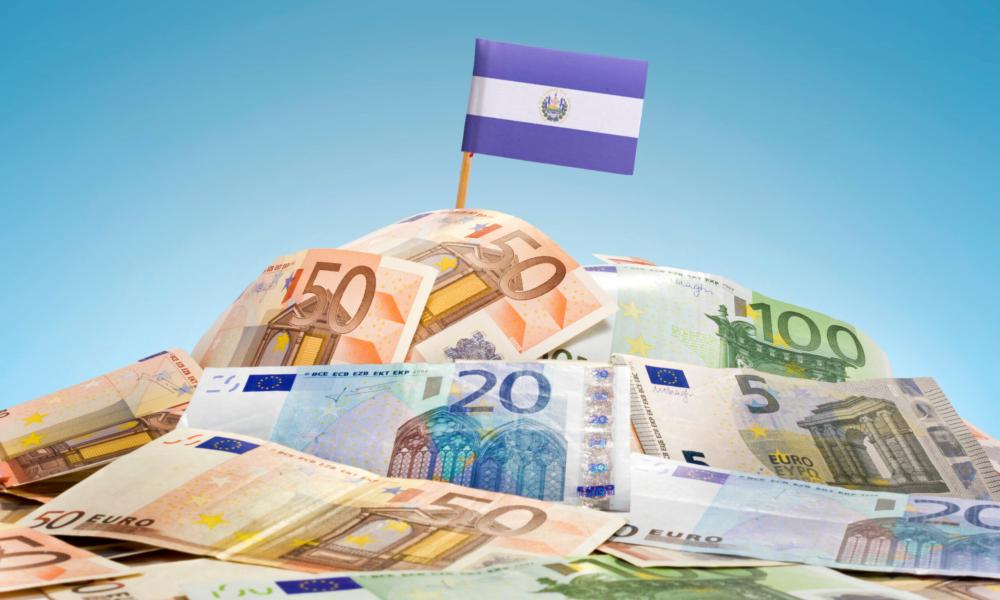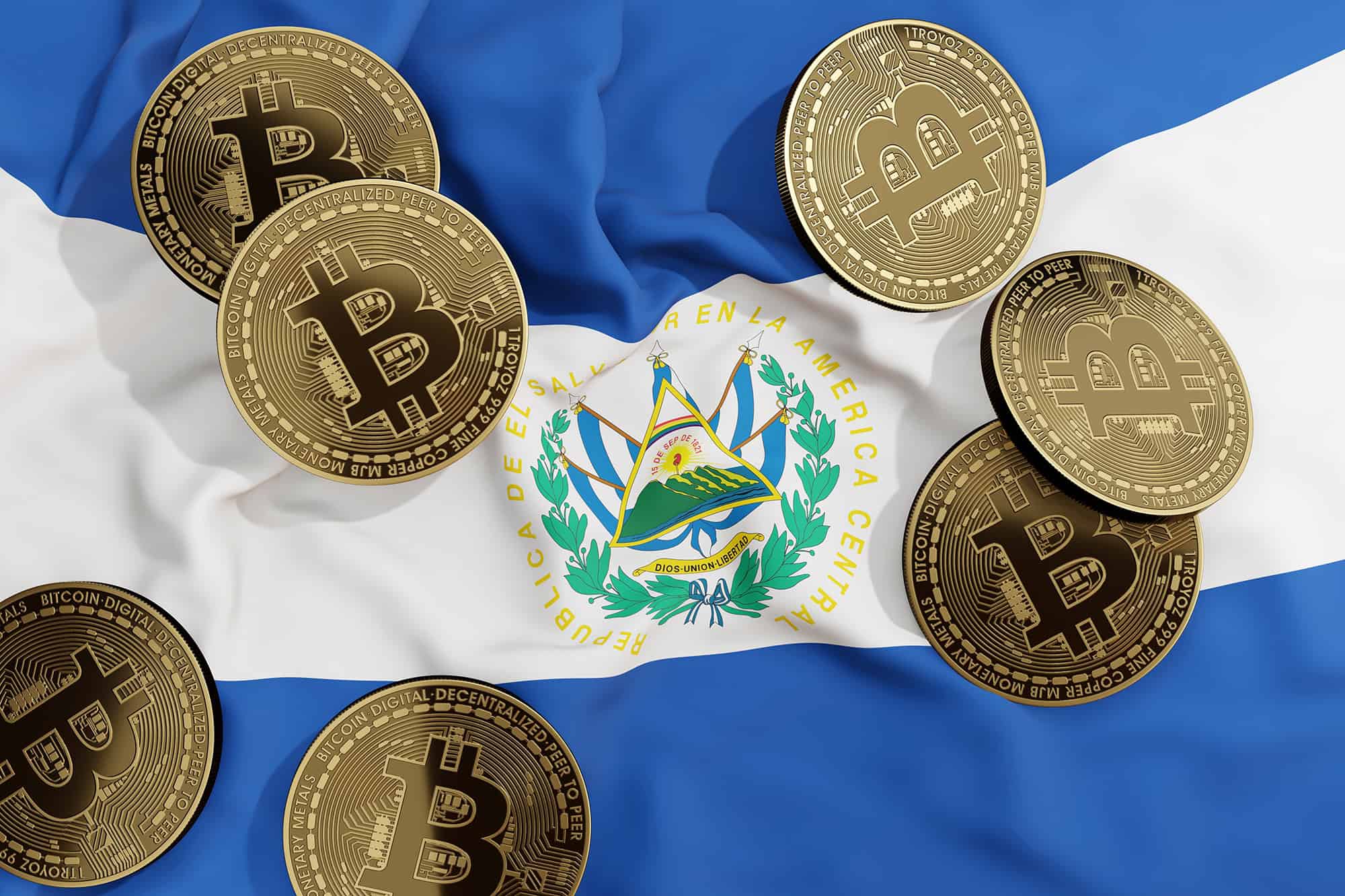When you’re evaluating investment opportunities in El Salvador, the currency and legal-tender dynamics aren’t side issues. They affect risk, returns, and how you hedge your exposure.
This guide will give you up-to-date insight into what currency is in play, how Bitcoin fits in (or doesn’t), what macro trends matter, and what you as a forex trading investor should watch out for.
What Is El Salvador Official Currency & What’s Its Role
 Since 2001, the official currency of El Salvador has been the United States dollar (USD). This means that all prices, salaries, and financial transactions are denominated in dollars, and US coins and banknotes are used in daily life.
Since 2001, the official currency of El Salvador has been the United States dollar (USD). This means that all prices, salaries, and financial transactions are denominated in dollars, and US coins and banknotes are used in daily life.
For American travellers, this makes visiting El Salvador especially convenient, as there is no need to exchange money before arrival.
A Brief History: From Colón to Dollar
El Salvador's monetary journey began with the colón, which was introduced in 1892 and named after Christopher Columbus (Cristóbal Colón in Spanish). The colón replaced the peso and was subdivided into 100 centavos.
For much of its history, the colón was pegged to the US dollar, but after leaving the gold standard in 1931, its value floated until dollarisation in 2001.
The Central Reserve Bank of El Salvador was established in 1934 to manage the country's currency and monetary policy.
However, the economic challenges of the late 20th century, including inflation and instability, led to the decision to adopt the US dollar as the sole official currency.
Why Did El Salvador Adopt the US Dollar?
The switch to the US dollar came into effect on 1 January 2001, under the Law of Monetary Integration. The main goals were to stabilize the economy, attract foreign investment, and facilitate international trade.
The colón, El Salvador's previous currency, was replaced at a fixed rate of 8.75 colones per dollar. While the colón technically remains legal tender, it is no longer in circulation and is rarely used in any transaction.
Key Financial Trends (2025) That Investors Must Know
| Metric |
Recent Trend |
Investor View |
| Inflation |
Around 0.3% in late 2024; some months in 2025 showed slight deflation. |
Signals price stability. Good for USD assets and fixed-income predictability. |
| Foreign Investment (FDI) |
Q1-2025 reached ~US$322M, up about 64% year-on-year. |
Reflects strong confidence. Growth areas: real estate, services, and tech. |
| Bitcoin Reserves |
Over 6,100 BTC held, worth hundreds of millions in USD. Use now limited to reserve strategy. |
Adds upside potential but brings volatility risk. Best seen as a hedge, not core currency. |
| Fiscal Stability |
Ongoing reforms to strengthen budgets, reserves, and governance. |
Could cut sovereign risk and borrowing costs if reforms succeed. Execution remains key. |
Is El Salvador Still Using Bitcoin in 2025?

As mentioned, Bitcoin technically remains legal tender in El Salvador, but its practical use has shrunk dramatically since the initial rollout in 2021. Early government initiatives positioned Bitcoin as a parallel currency meant to boost inclusion and attract crypto investors.
By 2025, that experiment has been largely reshaped into a controlled asset strategy rather than an active medium of exchange.
Bitcoin is now treated as a voluntary payment option, similar to how some firms accept alternative digital assets.
However, the government continues to hold roughly 6,100 to 6,200 bitcoins, valued between US$550 million and US$680 million, depending on market prices. These holdings form part of the country’s reserve diversification policy, rather than circulating funds for everyday use.
Bitcoin’s volatility, combined with limited domestic adoption, has shifted government focus toward regulatory stability, foreign direct investment, and dollar-based growth.
Bitcoin: Opportunity vs Risk in 2025
| Opportunities |
Risks |
|
Reserve growth: Bitcoin gains could lift national reserves. |
Price swings: BTC value changes fast and sharply. |
|
Investor interest: Crypto projects and fintech firms are drawn to El Salvador. |
Low usage: Most people and businesses still avoid Bitcoin. |
|
New rules: Laws now support crypto services and innovation. |
Policy shifts: Changing laws and external pressure can affect stability. |
Implications For Investors
El Salvador’s dollarized economy provides unusual predictability in a region often marked by volatility. For forex trading investors, this creates both steady opportunities and unique constraints.
The table below highlights the key advantages and cautions shaping financial decisions in 2025.
| Opportunity |
Caution / Risk |
| Predictable returns in USD assets with lower currency risk. |
Limited control over monetary policy; tied to US rate changes. |
| Low inflation supports stable fixed-income yields. |
Bitcoin’s volatility affects reserve values and investor sentiment. |
| Rising FDI in commerce, finance, and industry signals sector growth. |
Shifting laws on crypto, taxation, and transparency create uncertainty. |
| Bitcoin reserves could add upside if prices rise. |
Possible losses from price drops or policy changes. |
Practical Tips for Investors & Businesses (2025)
Structure contracts in USD; expect most legal & financial obligations to be interpreted in USD.
If considering exposure to Bitcoin, treat it as speculative: limit the share of your portfolio, maintain risk-controls (hedging, stop losses).
Monitor policy changes: legal status of Bitcoin, tax treatment, any regulation of crypto service providers.
Evaluate the external financing program timelines. Delays or failures in implementing reforms could affect macro stability.
Explore sectors with strong FDI growth: technology, tourism, real estate, infrastructure. These may outperform in a low-inflation, dollarized economy.
Frequently Asked Questions (FAQ)
1.Is the US dollar still the safest currency for holding assets or making investments in El Salvador?
Yes. USD remains the bedrock. It offers stability, predictable inflation, and legal clarity. Exposure to Bitcoin may bring upside but adds volatility risk.
2.How have El Salvador’s Bitcoin holdings fared in dollar terms?
While the coin‐count has increased, the fiat‐value has sometimes dropped due to BTC price declines. This exposes the government to unrealized losses.
3.Is inflation a concern for investors there in 2025?
Inflation has been very low (~0.3% annual in late 2024), with deflationary months. That said, global shocks (food, energy, USD strength) could disturb the trend. But for now, inflation risk is low compared to many emerging economies.
Summary
El Salvador in 2025 presents a mixed but intriguing investment landscape. The US dollar remains dominant, delivering price stability and low inflation. Meanwhile, the government is still playing with Bitcoin, not as mandatory tender, but as a reserve/investment asset.
The payoff may be large, but so is the risk.
If you’re an investor, your best bet is to lean into the stable parts (USD-denominated assets, sectors benefiting from FDI, infrastructure) while treating crypto exposure as optional and hedged.
Disclaimer: This material is for general information purposes only and is not intended as (and should not be considered to be) financial, investment or other advice on which reliance should be placed. No opinion given in the material constitutes a recommendation by EBC or the author that any particular investment, security, transaction or investment strategy is suitable for any specific person.



 Since 2001, the official currency of El Salvador has been the
Since 2001, the official currency of El Salvador has been the 


















